Berries - Vadim Sadovski
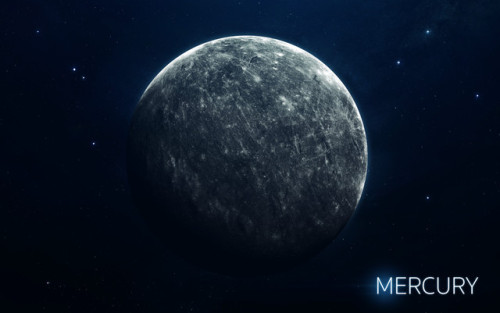
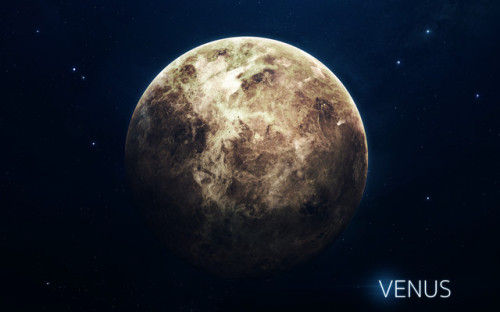
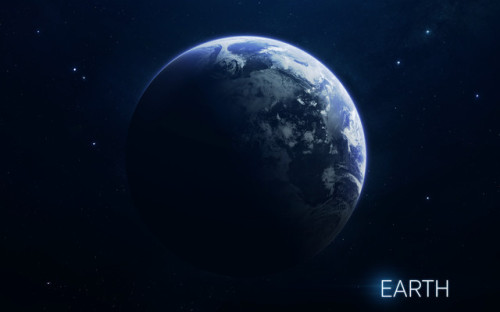
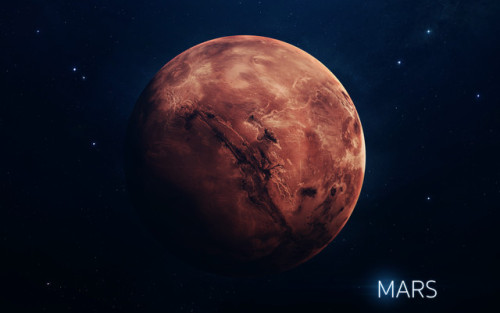
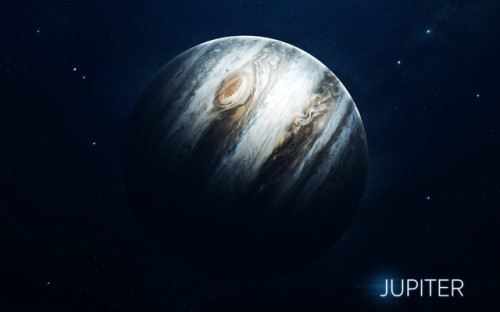
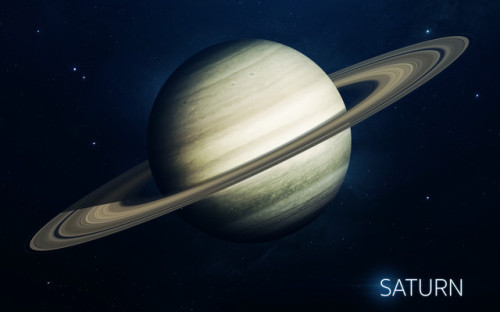
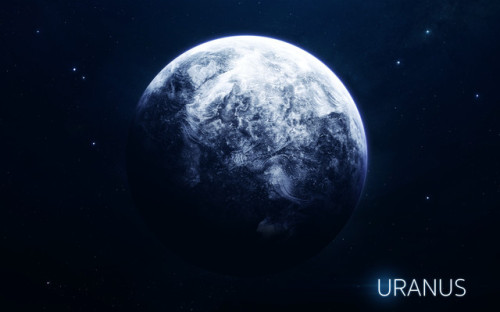
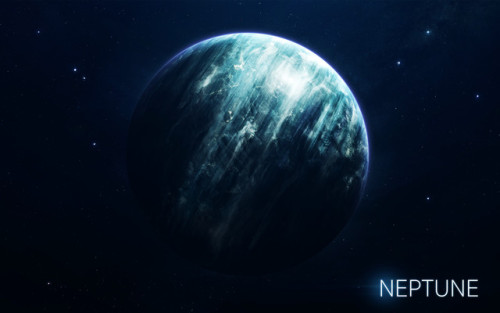
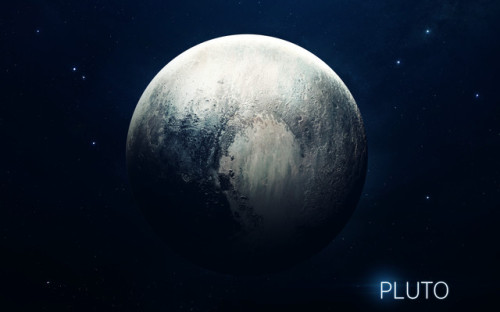
Berries - Vadim Sadovski
More Posts from Carlosalberthreis and Others
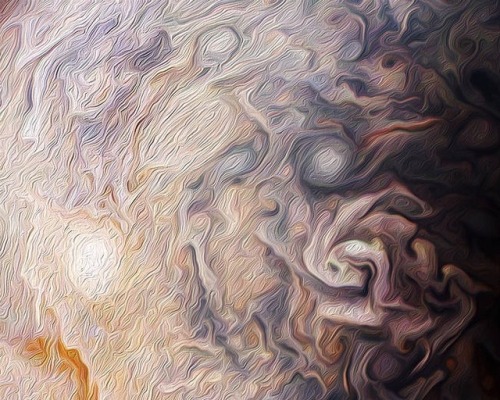

Citizen scientist Rick Lundh created this abstract Jovian artwork using data from the JunoCam imager on NASA’s Juno spacecraft.
Image credits: NASA/JPL-Caltech/SwRI/MSSS/Rick Lundh

#Eclipse2017 . A mecânica do eclipse explicada numa figura do século 13.

Asas da Nuvem
No dia 2 de julho de 2018, logo pela manhã, próximo às 10 horas, quando eu fui observar o movimento no centro da cidade, percebi nesse instante um fato curioso que ocorreu no céu.
Logo de imediato, imaginei as possíveis formas que a nuvem poderia assumir, uma delas sendo um anjo e outra sendo uma borboleta. Após refletir nas possíveis formas, lembrei de um conceito que relaciona esses fatos que ocorrem no cotidiano, que é chamado de PAREIDOLIA.
A pareidolia é um fenômeno neuropsicológico que faz reconhecer um objeto familiar em um estímulo aleatório. [...]
O especialista em neuropsicologia Fabrizio Veloso, profissional associado à Sociedade Brasileira de Psicologia (SBP), afirma que: “Essa tendência de encontrar padrões com significado em imagens ou sons aleatórios está relacionada com a capacidade que o nosso cérebro possui de transformar nossas percepções em algo familiar, ou seja, relaciona-se à forma como construímos o mundo ao nosso redor”.
Assim, estímulos visuais – ou sonoros – aleatórios tendem a ser traduzidos, reconhecidos e associados por nossos cérebros a objetos e estímulos familiares. E nada mais familiar para humanos desde a infância do que outros rostos humanos, daí a frequência da identificação de faces onde elas não existem objetivamente. [...]
Se isso acontece com você, fique tranquilo. É absolutamente normal, garante a ciência.
Data de registro: 2 de julho de 2018 às 09:43
Créditos do texto: Sociedade Brasileira de Psicologia (SBP). Disponível em:

We Just Identified More Than 200 New (Potential) Planets
The Kepler space telescope is our first mission capable of identifying Earth-size planets around other stars. On Monday, June 19, 2017, scientists from many countries gathered at our Ames Research Center to talk about the latest results from the spacecraft, which include the identification of more than 200 potential new worlds! Here’s what you need to know:
We found 219 new planet candidates.

All of these worlds were found in a patch of sky near the Cygnus constellation in our Milky Way galaxy. Between 2009 and 2013, Kepler searched more than 200,000 stars in the region for orbiting planets. The 219 new planet candidates are part of the more than 4,000 planet candidates and 2,300 confirmed planets Kepler has identified to date.
Ten of these worlds are like our own.

Out of the 219 new planet candidates, 10 are possibly rocky, terrestrial worlds and orbit their star in the habitable zone – the range of distances from a star where liquid water could pool on the surface of a rocky planet.
Small planets come in two sizes.

Kepler has opened up our eyes to the existence of many small worlds. It turns out a lot of these planets are either approximately 1.5 times the size of Earth or just smaller than Neptune. The cool names given to planets of these sizes? Super Earths and mini-Neptunes.
Some of the new planets could be habitable.

Water is a key ingredient to life as we know it. Many of the new planet candidates are likely to have small rocky cores enveloped by a thick atmosphere of hydrogen and helium, and some are thought to be ocean worlds. That doesn’t necessarily mean the oceans of these planets are full of water, but we can dream, can’t we?
Other Earths are out there.

Kepler’s survey has made it possible for us to measure the number of Earth-size habitable zone planets in our galaxy. Determining how many planets like our own that exist is the big question we’ll explore next.
The hunt for new planets continues.

Kepler continues to search for planets in different regions of space. With the launch of our Transiting Exoplanet Survey Satellite (TESS) and the James Webb Space Telescope (JWST) in 2018, we’re going to search for planets nearest the sun and measure the composition of their atmospheres. In the mid-2020s, we have our sights on taking a picture of small planets like Earth with our Wide-Field Infrared Survey Telescope (WFIRST).
*All images of planets are artist illustrations.
Make sure to follow us on Tumblr for your regular dose of space: http://nasa.tumblr.com
Sobre o eclipse penumbral do dia 10 de fevereiro de 2017!
Subtle Lunar Eclipse
Today’s (Feb. 10) lunar activity comes in the form of a penumbral eclipse. What does that mean and how does this type differ from a total eclipse? Let’s take a look:

First off, what is a penumbra? During a lunar eclipse, two shadows are cast by the Earth. The first is called the umbra (UM bruh). This shadow gets smaller as it goes away from the Earth. It is the dark center of the eclipse shadow where the moon is completely in the shadow of the Earth.

The second shadow is called the penumbra (pe NUM bruh). The penumbra gets larger as it goes away from the Earth. The penumbra is the weak or pale part of the shadow. This occurs because the Earth is covering a portion of the sun.

Penumbral eclipses occur when only the outer shadow (the penumbra) of Earth falls on the moon’s surface. This type of eclipse is much more difficult to observe than total eclipses or when a portion of the moon passes into the umbra. That said, if you’re very observant, you may notice a dark shadow on the moon during mid-eclipse on Friday evening. You may not notice anything at all. It’s likely the moon will just look at little bit darker than normal…like this:

Earth’s penumbral shadow forms a diverging cone that expands into space in the opposite direction of the sun. From within this zone, Earth blocks part but not the entire disk of the sun. Thus, some fraction of the sun’s direct rays continues to reach the most deeply eclipsed parts of the moon during a penumbral eclipse.
For most of North America, the penumbral eclipse will begin at moonrise (sunset) on Friday, Feb. 10 and will be obscured by evening light. Here’s a guide of when to look up:

Fun fact: Aristotle (384 – 322 BCE) first proved that Earth was round using the curved umbral shadow seen at partial eclipses. In comparing observations of several eclipses, he noted that Earth’s shadow was round no matter where the eclipse took place. Aristotle correctly reasoned that only a sphere casts a round shadow from every angle.
To learn more about lunar eclipses, visit: https://svs.gsfc.nasa.gov/11828
Make sure to follow us on Tumblr for your regular dose of space: http://nasa.tumblr.com
Fazer o bem, faz bem!
Banner da Pastoral Social

As efemérides estão de volta, para que você que pediu, conto com a sua ajuda para compartilhar esse vídeo e ajudar a divulgar a astronomia pelo mundo.
Essa semana nos céus do Brasil:
11 de Agosto - Júpiter próximo da estrela Regulus, a alfa da constelação do Leão e abaixo de Mercúrio no horizonte oeste, logo depois do pôr-do-Sol.
12 de Agosto - Chuva de Meteoros Delta Aquarídeos, ainda ativa com cerca de 20 meteoros por hora. Radiante alto no céu a partir das 22:00.
13 de Agosto - Pico da Chuva de Meteoros dos Perseidas, taxa de 95 a 100 meteoros por hora, no Brasil a sua visualização é prejudicada, radiante, muito baixo no horizonte por volta das 5 da manhã.
14 de Agosto - Lua Nova
15 de Agosto - Lua com cerca de 1.3% de iluminação entre Júpiter e Mercúrio no horizonte oeste logo após o pôr-do-sol, um grande desafio para a astrofotografia.
16 de Agosto - Lua com cerca de 4.3% de iluminação próxima a Mercúrio logo após o pôr-do-Sol no horizonte oeste.
17 de Agosto - Lua no apogeu, maior distância da Terra, aproximadamente 405849 km.
As informações sobre os locais de pouso da missão Mars 2020, eu retirei de um artigo do site da revista Science:
http://news.sciencemag.org/space/2015/08/mars-scientists-tap-ancient-river-deltas-and-hot-springs-promising-targets-2020-rover
Meus contatos:
BLOG: http://www.spacetoday.com.br
FACEBOOK: http://www.facebook.com/spacetoday
TWITTER: http://twitter.com/spacetoday1
YOUTUBE: http://www.youtube.com/spacetodaytv
Obrigado pela audiência e boa diversão!!!

Em um final de tarde próximo à igreja São Benedito, observei no horizonte este cenário. 🌅
Aconteceu neste dia um pôr do sol típico da amazônia e também uma conjunção entre a Lua e os planetas Vênus e Mercúrio.
Um detalhe que eu enfatizei foi esta árvore, que no início fiquei pensativo, se eu registrava ou não estas imagens. Após algum tempo, decidi então tirar umas fotos, pois, lembrei do seguinte pensamento:
💭 Tudo o que enxergamos ao nosso redor, nunca mais vai se repetir. É um evento único. Que ficarão em nossas memórias.
Meses depois, soube que esta árvore, talvez do tipo flamboiã ou similares, não estava mais nesse local. Pois, iniciaram obras de contenção de erosão na orla onde esta árvore ficava.
Com isso, talvez foram os últimos registros desta árvore ainda viva. 🌳
📅 Data de registro: 5 de agosto de 2024 às 18:22
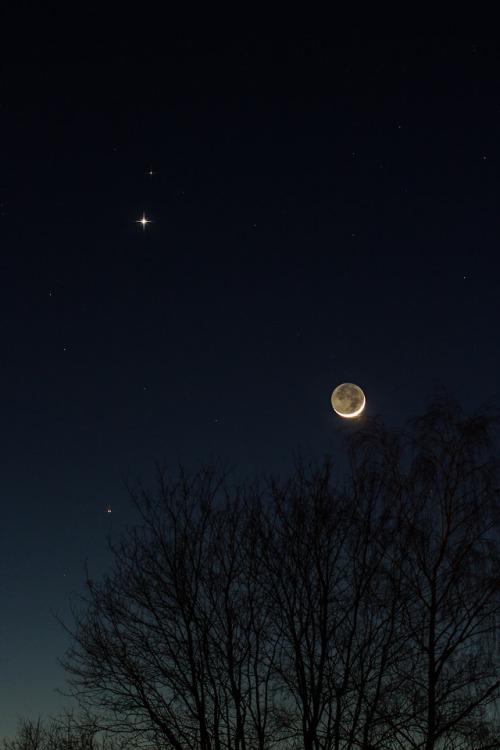
Conjunction: Mars, Venus and Moon
by Stefan Grießinger
-
 what-the-soul-craves reblogged this · 2 months ago
what-the-soul-craves reblogged this · 2 months ago -
 monieluvvvv liked this · 2 months ago
monieluvvvv liked this · 2 months ago -
 monieluvvvv reblogged this · 2 months ago
monieluvvvv reblogged this · 2 months ago -
 bjectofdesire reblogged this · 2 months ago
bjectofdesire reblogged this · 2 months ago -
 rosethatgrewfromdaconcrete reblogged this · 2 months ago
rosethatgrewfromdaconcrete reblogged this · 2 months ago -
 kintsugi-tigerstripes liked this · 2 months ago
kintsugi-tigerstripes liked this · 2 months ago -
 honeybeadsm liked this · 2 months ago
honeybeadsm liked this · 2 months ago -
 giant-sized-dork reblogged this · 2 months ago
giant-sized-dork reblogged this · 2 months ago -
 giant-sized-dork liked this · 2 months ago
giant-sized-dork liked this · 2 months ago -
 gh0st-0f-lavendert0wn reblogged this · 2 months ago
gh0st-0f-lavendert0wn reblogged this · 2 months ago -
 sadasspisces reblogged this · 2 months ago
sadasspisces reblogged this · 2 months ago -
 sadasspisces liked this · 2 months ago
sadasspisces liked this · 2 months ago -
 jayywesst reblogged this · 2 months ago
jayywesst reblogged this · 2 months ago -
 sophisticatedexuberance reblogged this · 2 months ago
sophisticatedexuberance reblogged this · 2 months ago -
 sophisticatedexuberance liked this · 2 months ago
sophisticatedexuberance liked this · 2 months ago -
 iamjokerking-blog liked this · 4 months ago
iamjokerking-blog liked this · 4 months ago -
 evilveva liked this · 6 months ago
evilveva liked this · 6 months ago -
 kudsir liked this · 6 months ago
kudsir liked this · 6 months ago -
 riverplatenseee reblogged this · 8 months ago
riverplatenseee reblogged this · 8 months ago -
 riverplatenseee liked this · 8 months ago
riverplatenseee liked this · 8 months ago -
 allarounddivinity liked this · 9 months ago
allarounddivinity liked this · 9 months ago -
 bigwolf24 liked this · 9 months ago
bigwolf24 liked this · 9 months ago -
 beylizzie liked this · 10 months ago
beylizzie liked this · 10 months ago -
 juniperpomegranate liked this · 11 months ago
juniperpomegranate liked this · 11 months ago -
 danthebookworm reblogged this · 11 months ago
danthebookworm reblogged this · 11 months ago -
 kurohikey reblogged this · 11 months ago
kurohikey reblogged this · 11 months ago -
 blogtib liked this · 11 months ago
blogtib liked this · 11 months ago -
 obakaybe reblogged this · 11 months ago
obakaybe reblogged this · 11 months ago -
 spawnedouttahell liked this · 11 months ago
spawnedouttahell liked this · 11 months ago -
 isaacdehghani-blog liked this · 1 year ago
isaacdehghani-blog liked this · 1 year ago -
 daugtertheblackflames reblogged this · 1 year ago
daugtertheblackflames reblogged this · 1 year ago -
 daugtertheblackflames liked this · 1 year ago
daugtertheblackflames liked this · 1 year ago -
 styckywycket liked this · 1 year ago
styckywycket liked this · 1 year ago -
 screamingwombatgirl liked this · 1 year ago
screamingwombatgirl liked this · 1 year ago -
 ardrigmaiheksai liked this · 1 year ago
ardrigmaiheksai liked this · 1 year ago -
 nafoukilectbell liked this · 1 year ago
nafoukilectbell liked this · 1 year ago -
 ama-mori liked this · 1 year ago
ama-mori liked this · 1 year ago -
 grump1906 liked this · 1 year ago
grump1906 liked this · 1 year ago

